Luigi Pericle: A Rediscovery – Estorick Collection, London
A review of Luigi Pericle: A Rediscovery at London’s Estorick Collection of Italian art. This artist’s unusual trajectory makes for an absorbing exhibition.
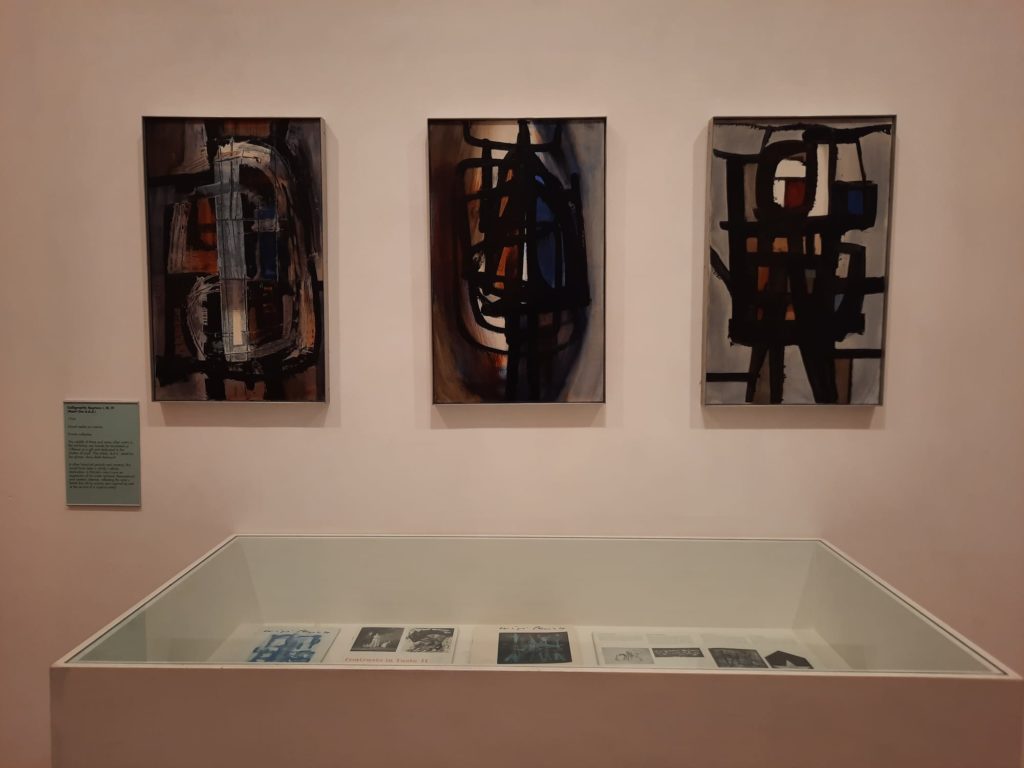
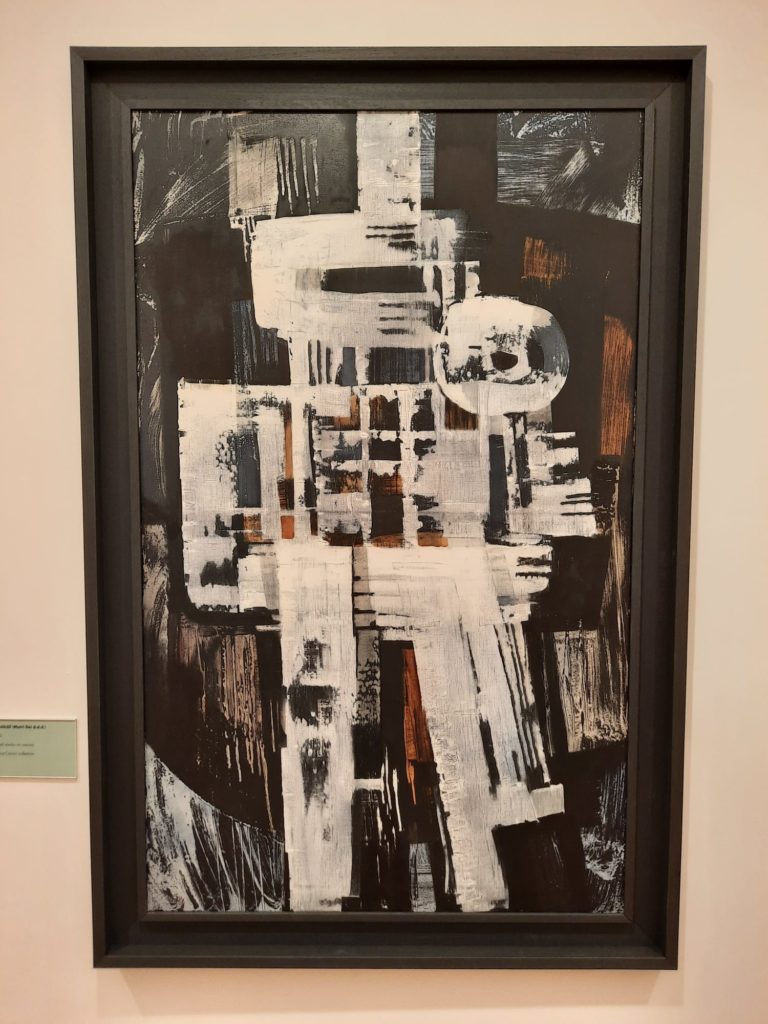
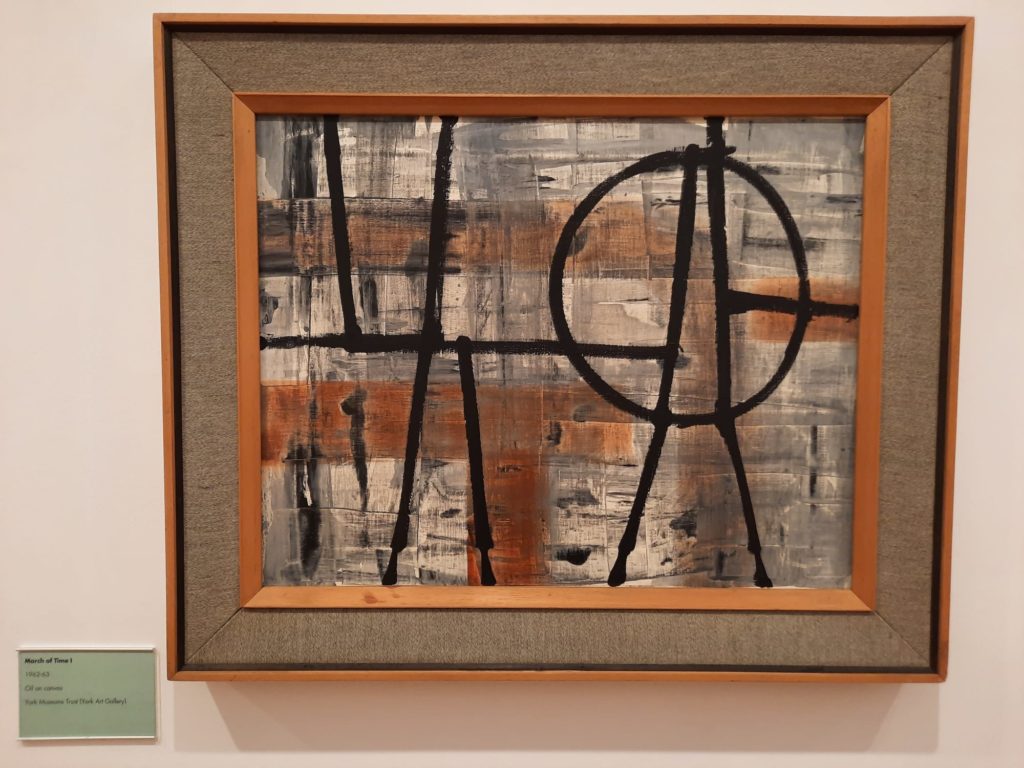
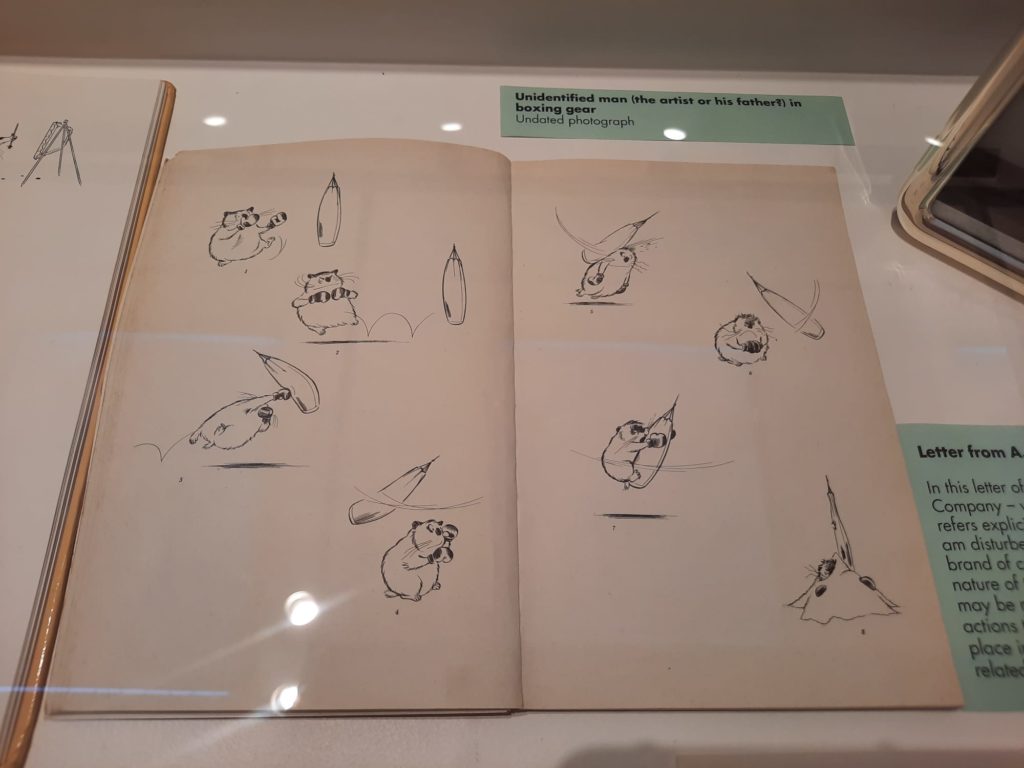

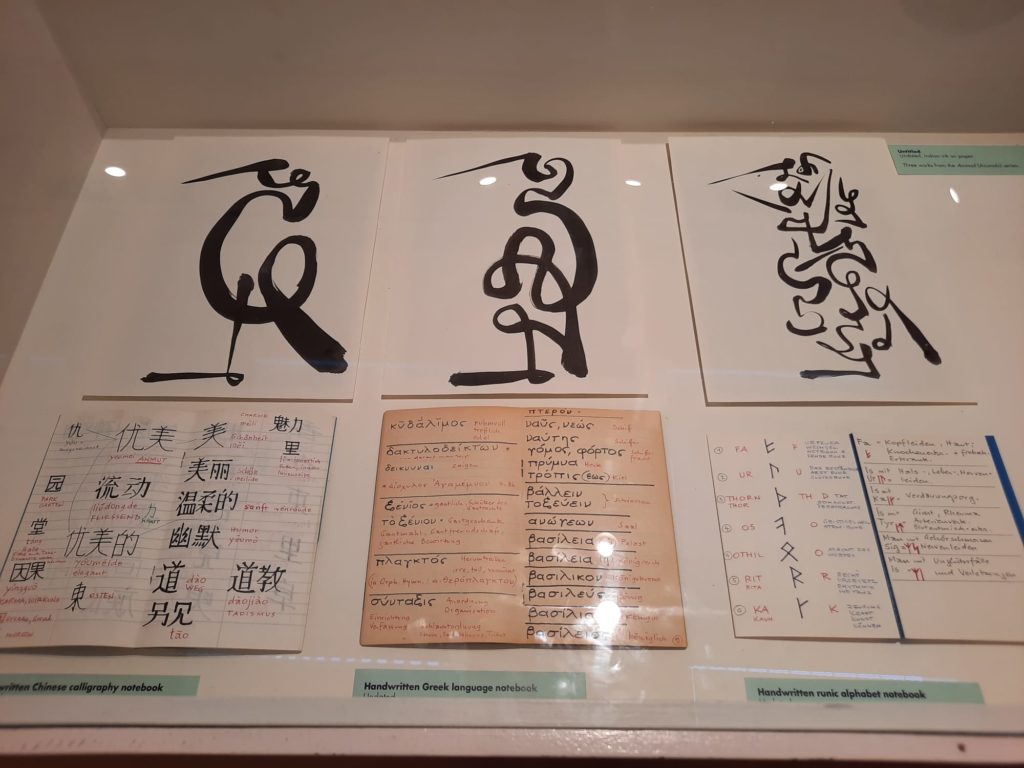
Luigi Pericle
I hadn’t heard of Luigi Pericle before. You probably haven’t either. That’s partly because, after some initial artistic success, Pericle became reclusive, choosing to focus on philosophical and esoteric studies instead. In 2016, 15 years after Pericle’s death, his neighbours purchased his house and discovered a vast treasure trove of hitherto unknown works. There is now an Archivio Luigi Pericle in Ascona to oversee the cataloguing, preservation and promotion of the artist’s endeavours.
The Estorick Collection is a good choice to partner with the Archivio Luigi Pericle for this exhibition. You may remember from earlier reviews that this is a collection of modern Italian art in a historic building in North London. Pericle’s work was well-received in Britain with several exhibitions in the 1960s. Pericle (born Pericle Luigi Giovannetti) was of Italian origin rather than being born in Italy: he was Swiss with Italian and French heritage and seems to have mostly spoken German. But still a good fit for the Estorick.
The Estorick’s main exhibition space consists of two large rooms on the ground floor. The layout of Luigi Pericle: A Redisovery is roughly chronological, with material from his early, more commercial career in the first room. The second room deals with his later years in deliberate seclusion. As well as works from the Archive, there are a handful from private collections, and even a couple from the York Museums Trust. The latter’s charmingly dated frames suggest they might have come from those early British exhibitions. It’s a sensible format and layout: let’s now take a closer look at the art.
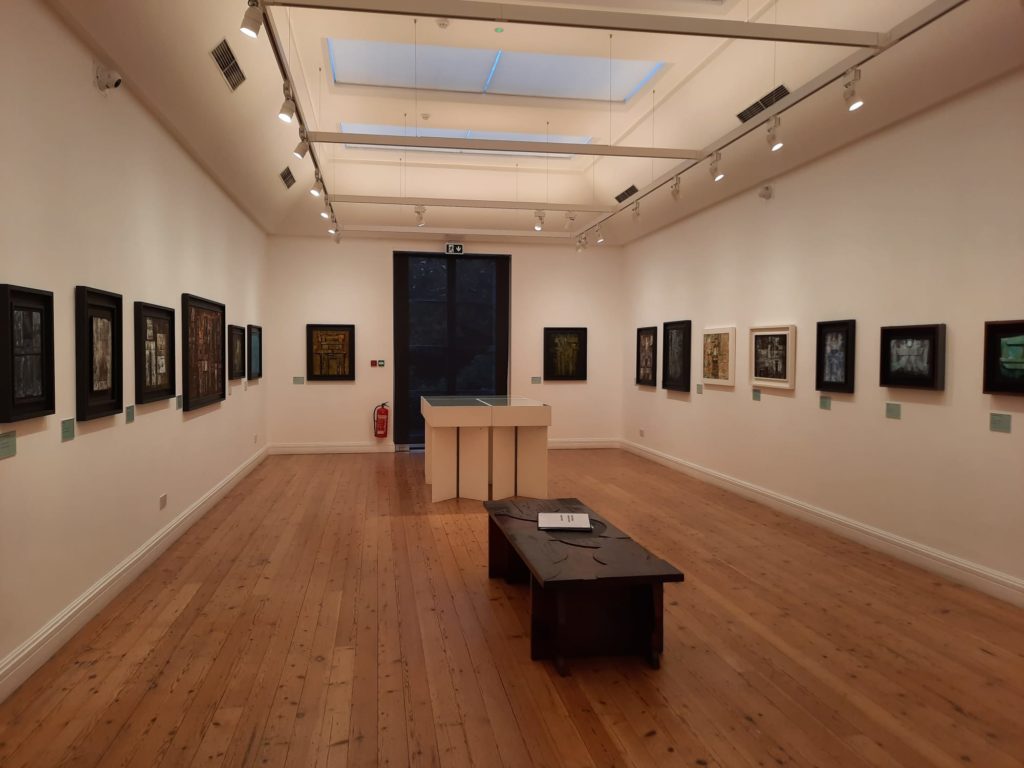



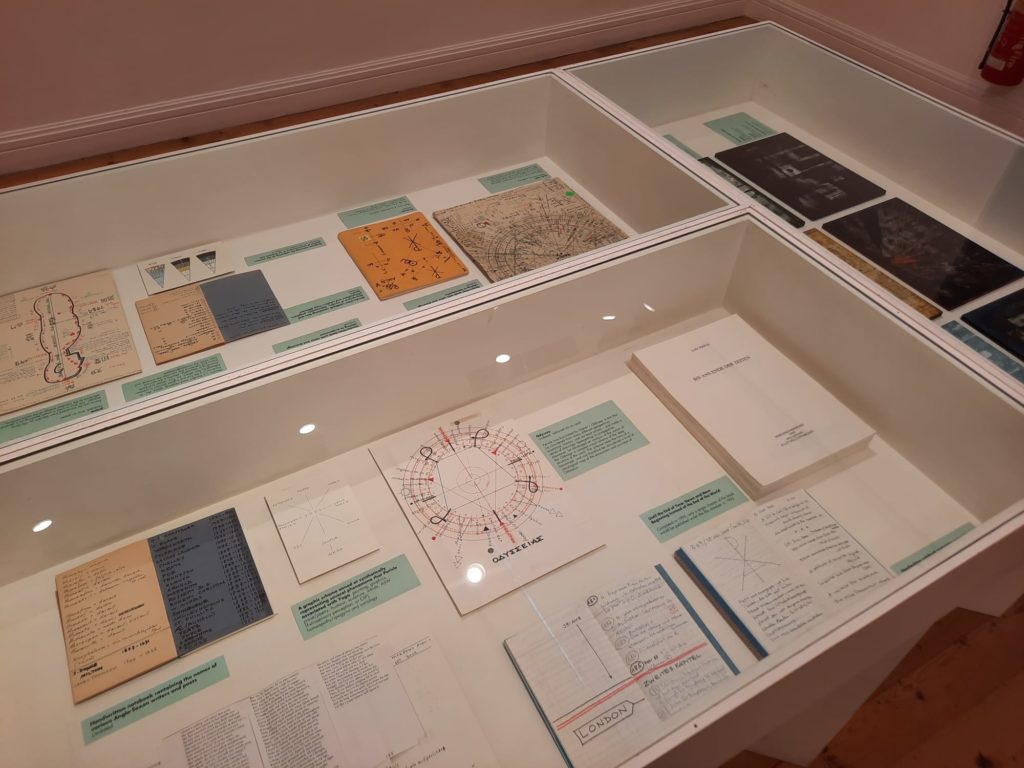
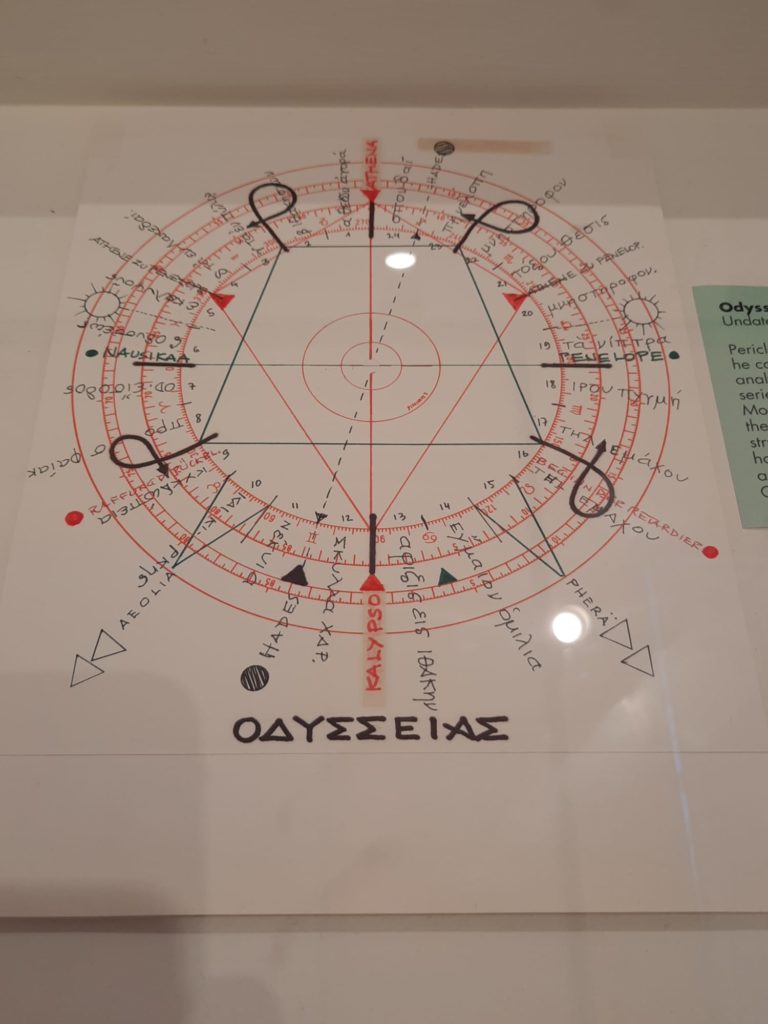
Is That The Estorick Or The Esoteric Collection?
The trajectory of Pericle’s early career was fairly standard, but signs were already pointing to some of the later developments. Pericle actually started out as an illustrator, and created a successful cartoon series about a marmot, Max, under the name Giovannetti. From the 1960s he began increasingly to focus on abstraction, which was very on trend in the post-war period. However even at this point you can see a blend of different interests underpinning his art. On the one hand he was a serious student of different calligraphic scripts and experimented in using lines and symbols in meaningful ways. On the other hand he inscribed many works ‘Matri Dei d.d.d.’ (‘Offered as a gift and dedicated to the Mother of God’). But is that Mary in a strictly Catholic sense, or something more personal?
The second rooms suggests the latter. In later years Pericle dedicated himself to the study of Eastern philosophies, alchemy, ufology and more. He continued to sell a few works and to meet with the odd art world figure, but his work was much more experimental and personal. And for me this is where it became more interesting. Coming into the room, there were several works I thought initially were three-dimensional (see above). Only they weren’t, they were carefully painted onto masonite, depictions of seemingly meaningful objects. Relics of an ancient civilisation, perhaps. There are also some archival materials which give a more concrete insight into how Pericle’s mind worked (such as a visual mapping of the Odyssey, for instance). But these strange, esoteric images really convey something powerful.
At only two rooms this is a quick exhibition to visit. I recommend it: I enjoyed seeing something new and different. That being said, I do have quite a penchant for the mystical and spiritualist in art. So it might not be for everyone. Maybe you just have to go for yourself and see how you respond to Luigi Pericle’s inner world.
Salterton Arts Review’s rating: 3.5/5
Luigi Pericle: A Rediscovery on until 18 December 2022
If you see this after your page is loaded completely, leafletJS files are missing.

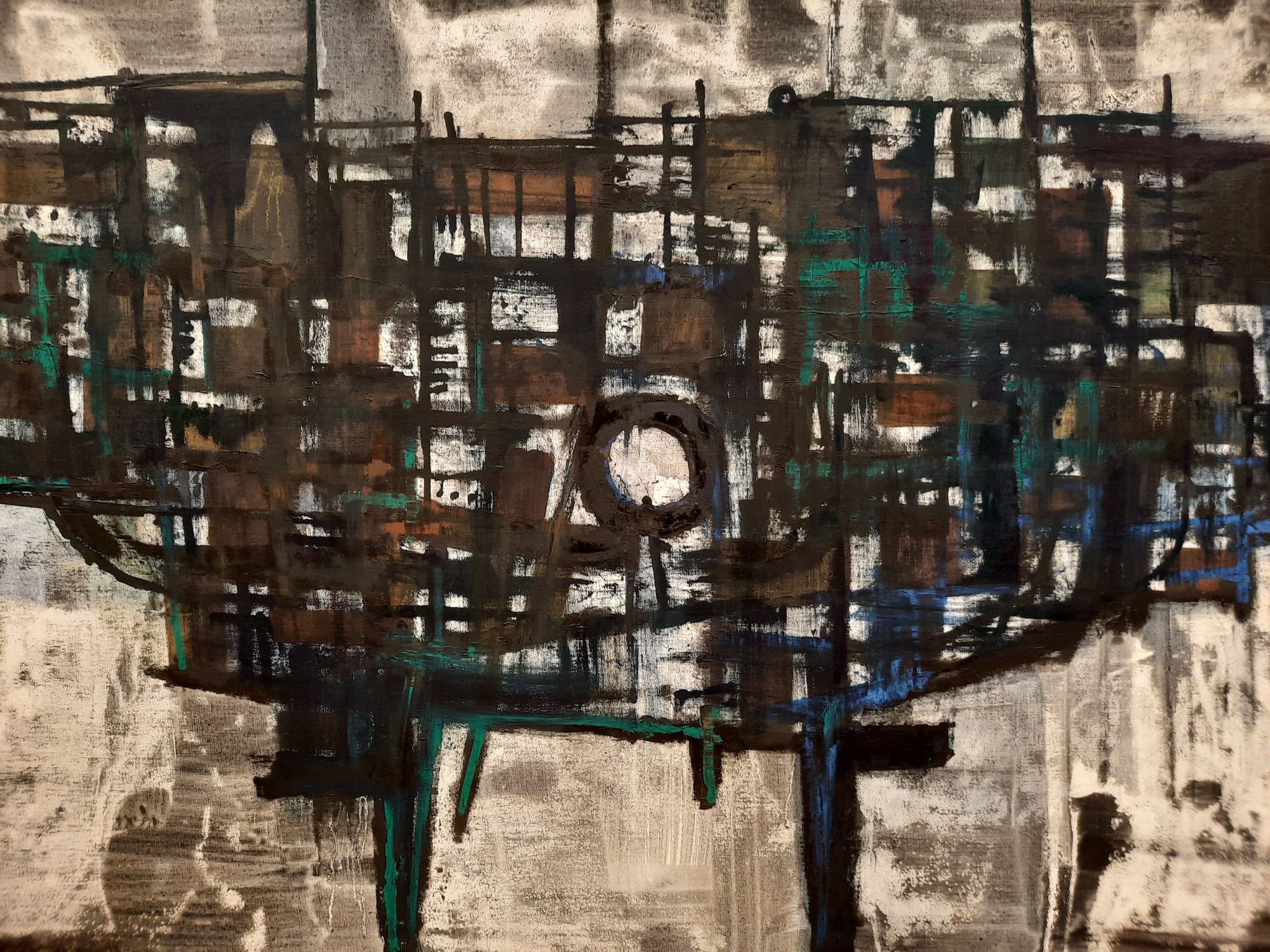
What lovely work – it first reminds me of Franz Kline’s very graphic paintings. The Trompe l’oel pieces are very impressive and yet another man coming from an illustration background! The texture is lovely and his precision is striking too. What an interesting artist – and what a way to discover him!